It’s interesting to look back at where I was some months ago and realize how much I’ve learned since this trip. It’s all out there by now, so why not.
PROPOSAL:
I’m working on a play set at the archaeological excavations at Çatalhöyük, a 9000 year-old Neolithic settlement in Turkey’s Central Anatolia. My story is inspired by the cutting edge work done by the team of international scientists working at Çatalhöyük, some of whom I’ve met, interviewed and become friends with. One of them - recently retired UC Berkeley professor, Ruth Tringham, has become my mentor and collaborator on this proposal. She and several other Çatalhöyük archaeologists continue to be a great source of support and information as I continue the adventure of composing this play.
My story centers on Joan, a middle-aged American archaeologist who returns to the field after an absence of ten years. Once a well-respected and accomplished archaeologist, Joan’s had a checkered past. The archaeological community rejected a theory she put forward ten years ago and she lost her academic job after a bitter, drunken scandal. After her husband also abandoned her, Joan stopped drinking, swore off archaeology, and has lived in relative isolation for the last decade, “gardening,” as she puts it, at her home in Illinois.
When an invitation arrives to visit Çatalhöyük from Alice, a graduate school friend and excavation director at Çatalhöyük, Joan is somewhat perturbed but intrigued. The excavations at Çatalhöyük are famous for the scientists’ innovative methods and radical feminist interpretive approach. Joan, a human remains specialist in her own right, is intrigued by the burial practices at Çatalhöyük (they buried their dead inside the houses, under sleeping platforms.) After some hesitation she travels there, and finds herself drawn to the work as soon as she arrives. When Alice announces that she’d like Joan to join the human remains team, and become its leader, Joan is surprised and apprehensive. She’s out of practice, hasn’t kept up with the new methods, and she finds the youthful energy of the team intimidating. Alice - who has much more trust in Joan’s capabilities than she does herself - is in a bind, however, and Joan reluctantly agrees to participate.
Soon Joan meets Nikki, a student of hers from some time ago, and Nikki’s boyfriend Miro, a Polish archaeologist, both on the human remains team. Joan doesn’t remember Nikki but Nikki has very strong memories of Joan and her feminist philosophy. These three characters embody the central interpretive conflict of the play. Another character is Masum, the affable Turkish villager who’s been hired as the site’s guard. Like other fellow villagers, Masum has a moral problem with excavated skeletons “being carted away in boxes,” and privately questions the archaeologists’ motivations. The involvement of the villagers at the excavation site, and how this has altered their lives economically, spiritually and politically, is a parallel and central aspect of my story. Sonya Atalay, Professor of Anthropology at the University of Indiana, has conducted community- based research with the nearby villagers, since 2006. She is helping me with this angle of the play.
As a dual citizen of Turkey and the US, I spent many boyhood summers on the Mediterranean coast, an area rife with ancient ruins. I’m equally at home in the world of the Western archaeologists as that of the Turkish villagers. This play, like much of my earlier work, is about bridging cultural gaps (Islam, Christianity, East and West, the past and the present) and my passion for finding common ground between disparate perspectives. These were the themes in my most frequently produced work PERA PALAS, and another play about religion and culture, THE CRY OF THE REED.
I was first drawn to Çatalhöyük in 2009, when I was researching a play about the excavations at Troy. The dearth of research material on Troy was frustrating me when I ran into an abundance of material (diaries, research papers, photos, videos) on Çatalhöyük, all accessible online. Çatalhöyük’s open philosophy, of sharing the findings with the public, and even welcoming the interpretation of the data by other groups, intrigued me. The objectivity vs. subjectivity of archaeological interpretation had always been at the core of my interest in writing about archaeology. At Çatalhöyük, I found new and groundbreaking approaches to interpretation, and a new method - coined by the visionary leader Ian Hodder as Post-Processualism or “the reflexive method” - that revolutionized archaeology the world over. I’ve spent a good part of the last two years steeped in research and grappling with a story. After a trip to California to meet with Ruth Tringham and other archaeologists last spring, I finally began to formulate a plot and recently started to write some dialogue.
I continue to be challenged by the intellectual and creative aspects of this play. One of my challenges is to write fictional characters set against a well-documented background. My greatest handicap is that I’ve never visited Çatalhöyük. Lori Hager, who’s served as field director of Human Remains at Çatalhöyük since 2000, and who’s been helping me with that aspect of the play, has encouraged me to visit the site during the summer season. Funding from EST Sloan would allow me to take a summer off to observe the archeologists at work and to further authenticate my story.
Anyone who visits the Çatalhöyük Homepage will see how indispensable video documentation is to the process of excavation. Video and photographs are used extensively for recording, analyzing and presenting the data. It only made sense to incorporate video into this play.
One of my sources of inspiration from the start was the video of the uncovering of a Neolithic skeleton. The meticulous process of bringing this individual - presumably a young woman - back to sunlight after so many thousands of years, was provocative and moving. Who was she? How did she live? How did she break her ribs and dislocate an arm? Did she have children? Why did she die? This is the tricky issue of archaeological interpretation. Archaeologists are consumed with these questions yet they must be very careful. They must somehow remove who they are from the process of interpretation, and be objective or “scientific” - disregard or negate their own biases, hopes, perceptions and views. But is that possible? Alternatively, they might accept their own biases and recognize them as their only way into the past. This is the “self-reflexive” question the archaeologists at Çatalhöyük continue to wrestle with.
The video - named “Dido” - was shot by Çatalhöyük videographer Michael Ashley and is narrated, quite movingly, by Ruth Tringham. Michael has served as the Media Team Leader for the Çatalhöyük Research Project for more than 7 years, and has generously agreed to assist me with the video component of the piece.
Çatalhöyük is one of the earliest known agricultural communities in human history. It marks that evolutionary moment when hunter-gatherers began to settle down, and formed communities sustained by agriculture. One of the main purposes of the excavation at Çatalhöyük is to explore this transition and piece together the puzzle of why this happened. Similarly, my central character is in the process of finding out about her own origins. Joan’s early, failed relationship with Alice, her days of drinking and teaching, her successes and failures, and, most centrally, her choice of archaeology as a career and a way of life, are all under question. My tentative title for the play is DIGGING THE SELF.
A list of the scholars I’ve mentioned in this piece and who are assisting me in this project:
Ruth Tringham, Ph.D. recently retired Professor of Anthropology UC Berkeley
Lori Hager, Ph.D. field director of human remains at Çatalhöyük
Sonya Atalay, Ph.D. Professor of Anthropology Indiana University
Michael Ashley, Ph.D. Chief Technology Officer, Center for Digital Archaeology @ UC Berkeley
Also:
Slobodan Mitrovich, Çatalhöyük Excavator and Professor of Anthropology, Brooklyn College
Banu Aydınoğlugil, Çatalhöyük Research Project Assistant since 1996
Burcu Tung, Çatalhöyük excavator, archaeology Ph.D. candidate, UC Berkeley
Colleen Morgan, Çatalhöyük excavator, archaeology Ph.D. candidate, UC Berkeley
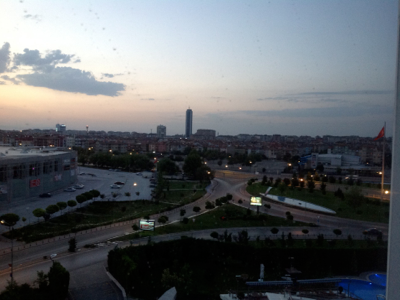
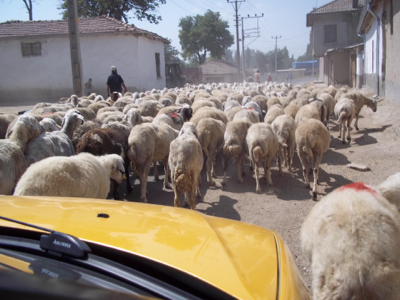
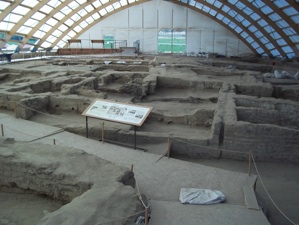
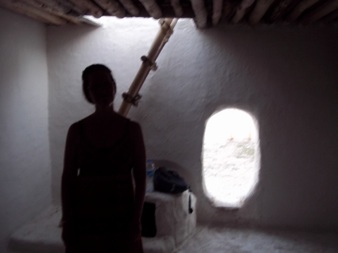
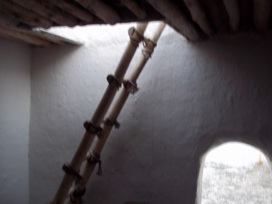
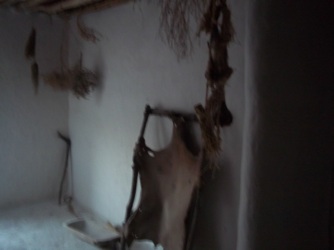
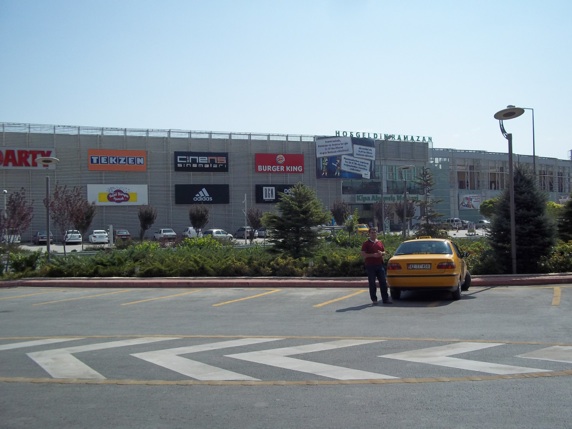
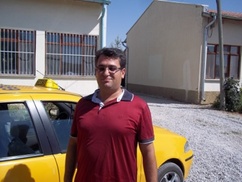

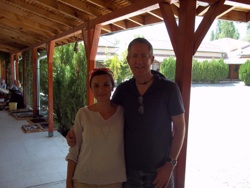
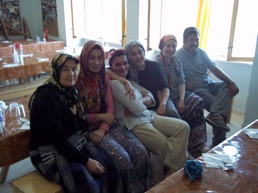
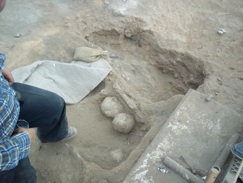
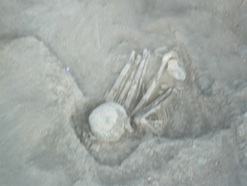
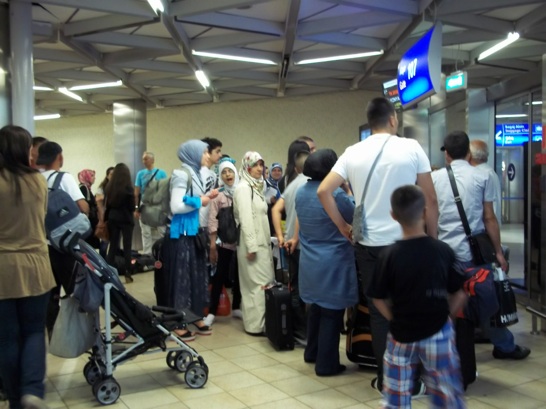
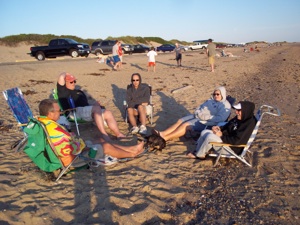
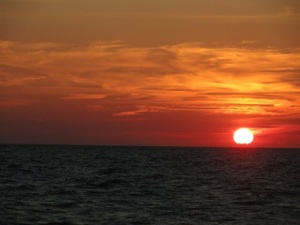


 RSS Feed
RSS Feed